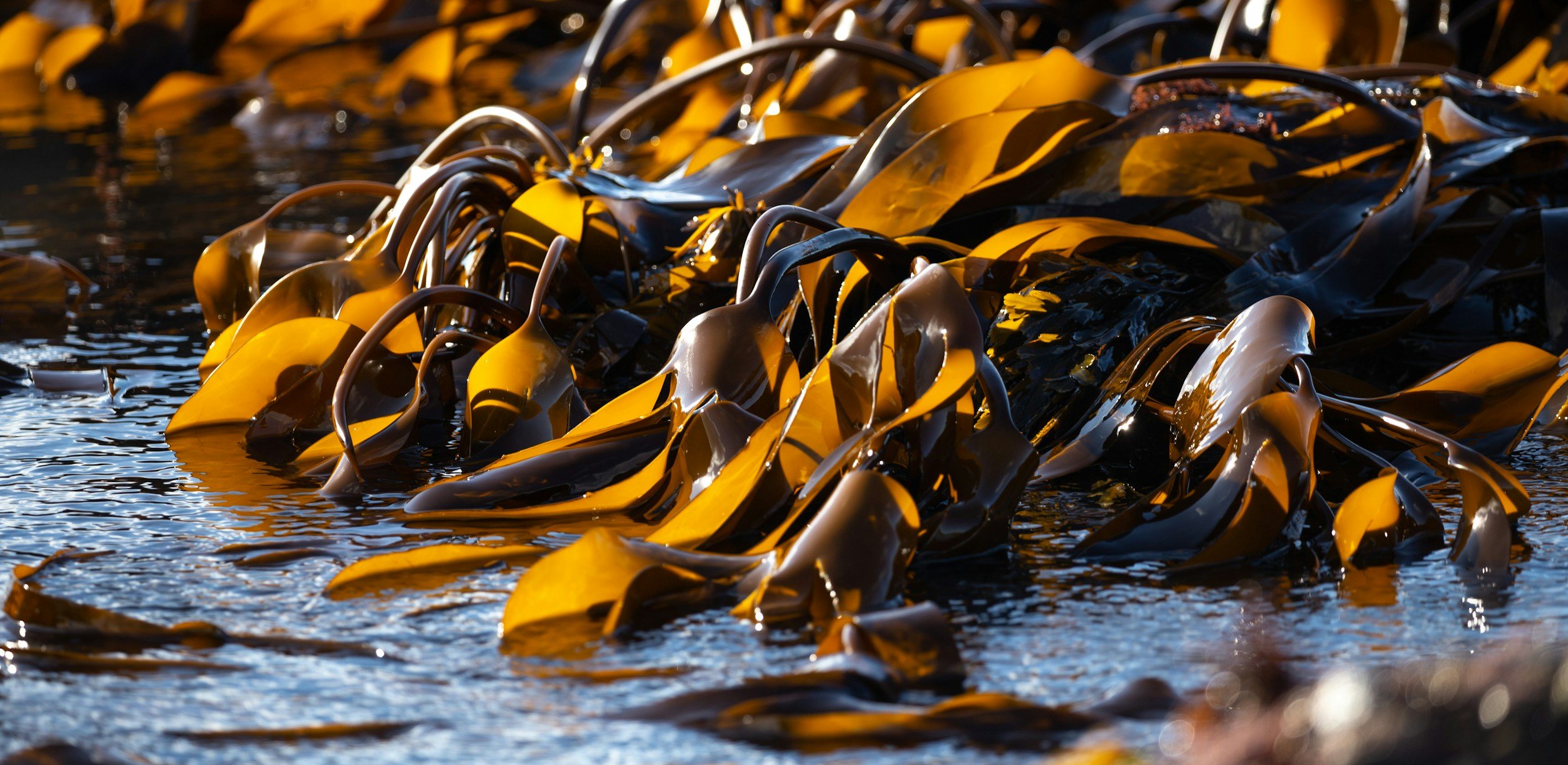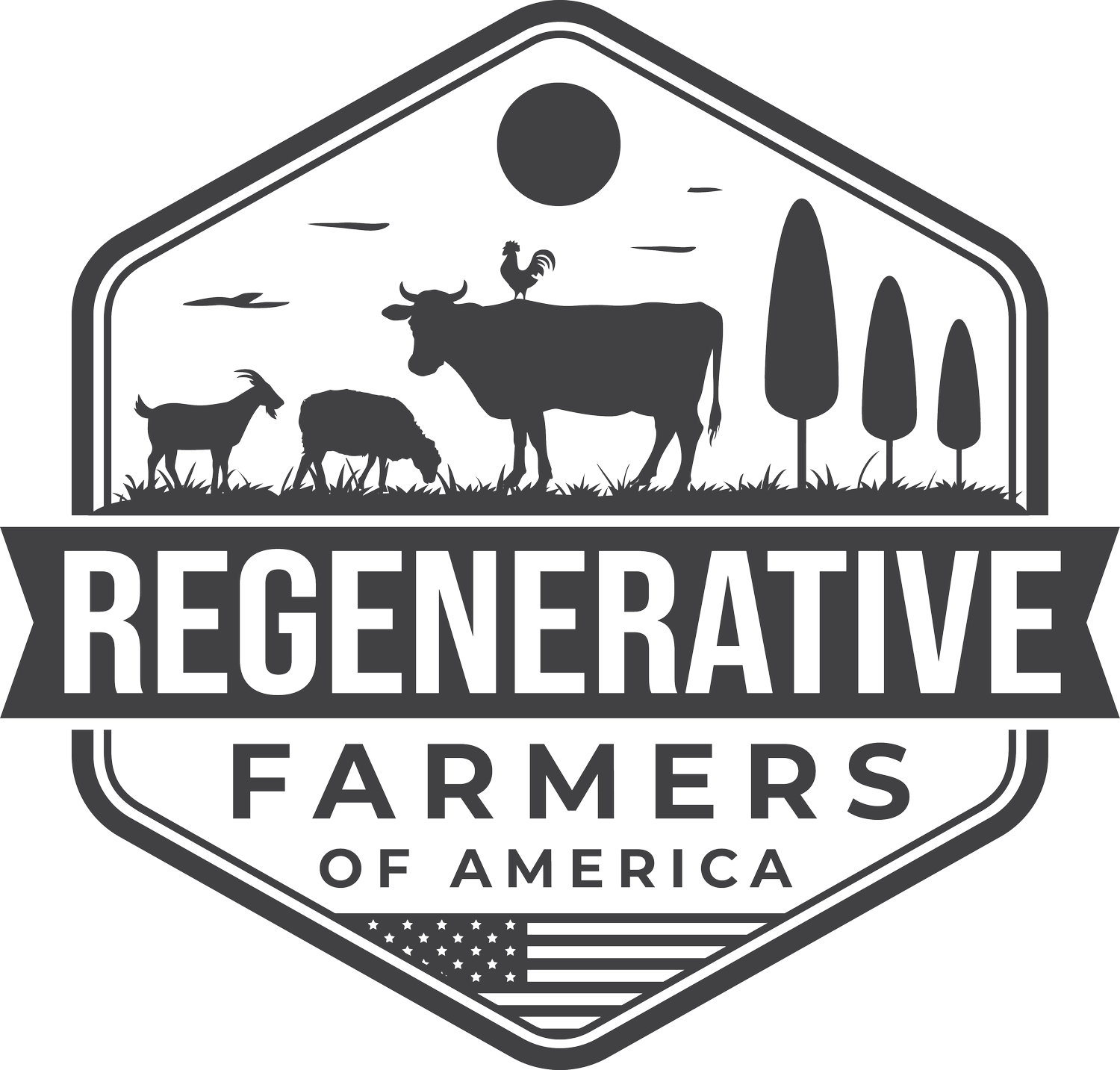
Regenerative
Ocean Farming
What is Regenerative Ocean Farming?
In recent years, the term “ocean farming” has become a buzzword among scientists, environmentalists, and foodies alike. As its name suggests, ocean farming involves growing plants in the ocean. But what is regenerative ocean farming? How does it work? And why should we care about this emerging practice?
Regenerative ocean farming is a method of growing food and other products using the ocean's resources in a way that restores ecosystems and provides useable products.
The process also helps to restore damaged ecosystems by increasing biodiversity and removing carbon dioxide from the atmosphere.
For example, a single acre of seaweed farm can absorb around 20 times more carbon dioxide than a land-based forest of the same size. By promoting the cultivation of seaweed as a regenerative ocean farming practice, we can help to reduce greenhouse gas emissions and combat climate change.
How Does Regenerative Ocean Farming Work?
Regenerative ocean farming can be done in a variety of ways. Here’s a few examples:
Shellfish Aquaculture: Shellfish aquaculture is a type of regenerative ocean farming that involves cultivating and harvesting shellfish such as oysters, clams, and mussels. Shellfish are filter feeders and they can help to improve water quality by removing pollutants from the water. Additionally, shellfish farming is low-impact and can help to restore ecosystems by providing habitat for other marine species.
Seaweed Farming: Seaweed farming involves growing and harvesting different types of seaweed such as kelp, nori, and dulse. Seaweed is a nutritious food source and can be used in a variety of products including food, cosmetics, and biofuels. Seaweed farming is sustainable and can help to reduce greenhouse gas emissions by absorbing carbon dioxide from the atmosphere.
Integrated Multi-Trophic Aquaculture (IMTA): IMTA is a type of regenerative ocean farming that involves cultivating multiple species in the same area. For example, seaweed, shellfish, and finfish can be grown together in a closed-loop system where the waste from one species is used as food for another. This can help to reduce the environmental impact of aquaculture by reducing the amount of waste and increasing the efficiency of the system.
Restorative Mariculture: Restorative mariculture is a type of regenerative ocean farming that focuses on restoring degraded ecosystems. This can involve planting seagrass or other marine vegetation, rebuilding coral reefs, or creating artificial structures that provide habitat for marine life. Restorative mariculture can help to improve the health of the ocean and provide benefits such as increased biodiversity and improved water quality.
Tidal Energy Farms: Tidal energy farms are a type of regenerative ocean farming that harnesses the power of the tides to generate clean, renewable energy. These farms typically consist of underwater turbines that spin as the tides move in and out, generating electricity that can be used to power homes and businesses. Tidal energy is predictable, reliable, and produces no greenhouse gas emissions, making it a sustainable alternative to fossil fuels.
Why Should We Care About Ocean Farming?
The ocean is a vital part of our planet's ecosystem, covering more than 70% of the Earth's surface and playing a crucial role in regulating our climate.
Sustainable Food Production: Ocean farming offers a sustainable way to produce food that doesn't rely on harmful practices such as overfishing or the use of antibiotics and chemicals. By cultivating seafood and seaweed in a regenerative way, we can ensure a steady supply of nutritious food that supports both human and environmental health.
Climate Change Mitigation: The ocean is the largest carbon sink on Earth, absorbing a significant amount of carbon dioxide from the atmosphere. Regenerative ocean farming practices such as seaweed farming and restorative mariculture can help to further reduce greenhouse gas emissions and combat climate change.
Ecosystem Health: The ocean is home to a vast array of marine life, and the health of these ecosystems is critical to the health of our planet. By supporting regenerative ocean farming practices such as integrated multi-trophic aquaculture (IMTA) and restorative mariculture, we can help to restore degraded ecosystems and protect biodiversity.
Benefits of regenerative ocean farming for ecosystem restoration and biodiversity
Regenerative ocean farming offers a range of benefits for ecosystem restoration and biodiversity, from habitat creation and nutrient cycling to coastal protection and climate change resilience.
Habitat Creation: Regenerative ocean farming practices, such as restorative mariculture and integrated multi-trophic aquaculture (IMTA), can create artificial reefs and other structures that provide habitat for a variety of marine life. These habitats can help to restore degraded ecosystems and support the recovery of endangered or threatened species.
Biodiversity Support: By cultivating a variety of species in a regenerative way, ocean farming can support biodiversity and promote a healthy ecosystem. For example, IMTA systems that combine seaweed, shellfish, and finfish can create a balanced ecosystem that benefits all of the species involved.
Nutrient Cycling: Regenerative ocean farming practices can help to cycle nutrients through the ecosystem, improving water quality and promoting the growth of healthy marine life. For example, seaweed farming can absorb excess nutrients from the water and prevent harmful algal blooms, while shellfish can filter water and remove pollutants.
Coastal Protection: Healthy coastal ecosystems, including coral reefs and seagrass beds, can provide natural protection against storms and coastal erosion. By promoting the restoration of these ecosystems through regenerative ocean farming, we can help to protect coastal communities and infrastructure.
Climate Change Resilience: Regenerative ocean farming practices can help to build resilience in marine ecosystems and protect them from the impacts of climate change. For example, seaweed farming can help to absorb excess carbon dioxide from the atmosphere, while restorative mariculture can provide a buffer against ocean acidification and warming.
Ocean farming could be a valuable tool in the fight against climate change.
In the future, ocean farming could be a valuable tool in the fight against climate change. Ocean farming is a form of regenerative agriculture that uses practices that regenerate soil and other resources on the farm. By using these practices to grow food from aquatic ecosystems, we can help reduce pollution in our oceans while also providing new sources of food for people around the world.
Ocean farming can be a solution.
As you can see, ocean farming has tremendous potential. The world's oceans cover over 70% of the Earth's surface, but less than 2% of the ocean is currently used for farming. This presents a significant opportunity for the expansion of regenerative ocean farming practices, which can help to promote sustainable food production, protect marine ecosystems, and combat climate change.
It's not just a way to feed people and animals, but also an opportunity for us to address some of the biggest problems facing our planet today. If we want to live in harmony with nature, then we need to start thinking about how we can use nature more effectively and efficiently than ever before.
Barnacle is an amazing brand that creates a ton of delicious products from regeneratively farmed kelp.
Check out all the crazy things they make and try it yourself!





